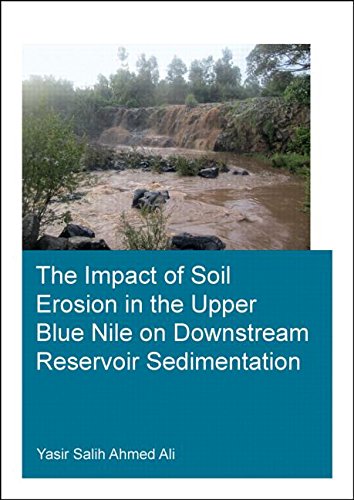

Most ebook files are in PDF format, so you can easily read them using various software such as Foxit Reader or directly on the Google Chrome browser.
Some ebook files are released by publishers in other formats such as .awz, .mobi, .epub, .fb2, etc. You may need to install specific software to read these formats on mobile/PC, such as Calibre.
Please read the tutorial at this link: https://ebookbell.com/faq
We offer FREE conversion to the popular formats you request; however, this may take some time. Therefore, right after payment, please email us, and we will try to provide the service as quickly as possible.
For some exceptional file formats or broken links (if any), please refrain from opening any disputes. Instead, email us first, and we will try to assist within a maximum of 6 hours.
EbookBell Team

0.0
0 reviewsPopulation growth in the Blue Nile Basin has led to fast land-use changes from forest to agricultural land, which resulted in speeding up the soil erosion processes producing highly negative impacts on the local soil fertility and agricultural productivity. The eroded sediment is transported downstream by water and sinks in the lower basin where it significantly reduces reservoir storage and irrigation canals capacity. The only effective solution to mitigate the sedimentation problem is to limit the sediment inputs from upstream by locally implementing erosion control practices. However, given the vastness and remoteness of the involved areas, this first requires the knowledge of the most critical zones.
The book identifies the sources of the sediment depositing in the Lower Blue Nile Basin and quantifies the amounts involved providing essential information for the planning and implementation of any interventions aiming at reducing soil erosion. The methods used consist of extensive field work covering most of the basin, watershed, hydrodynamic and morphodynamic modelling and, for the first time, the mineralogical analysis of the sediment at the sources and sinks. The method is successful in indentifying the areas providing most of the transported sediment, where it is recommended to start with erosion control practices.